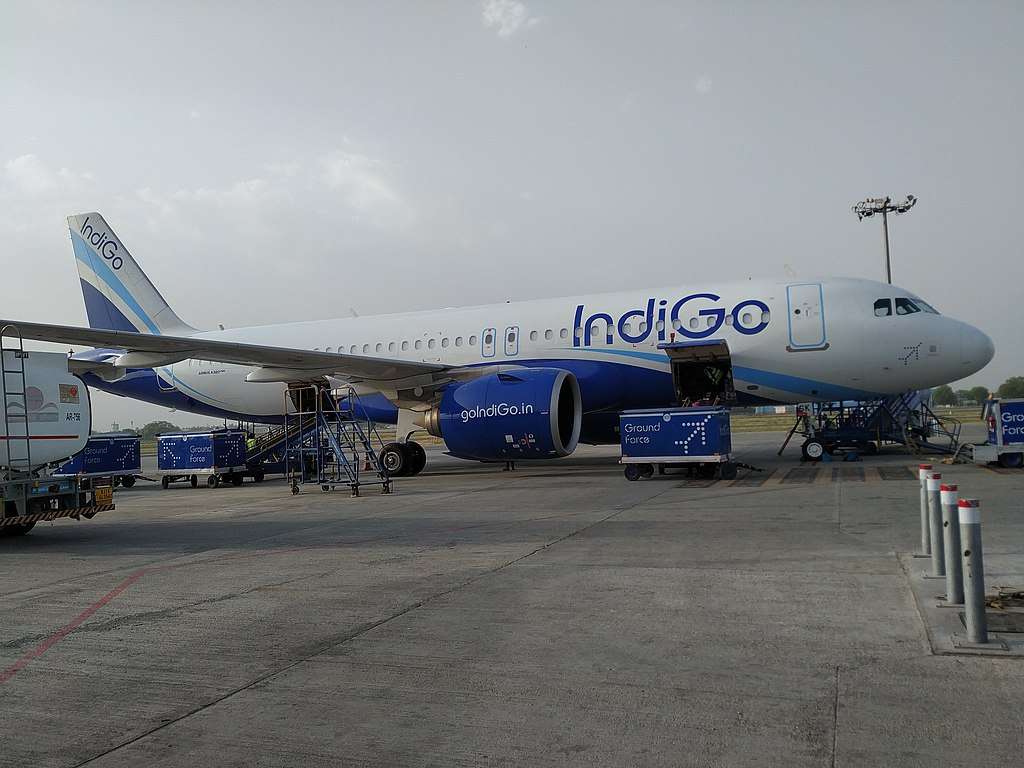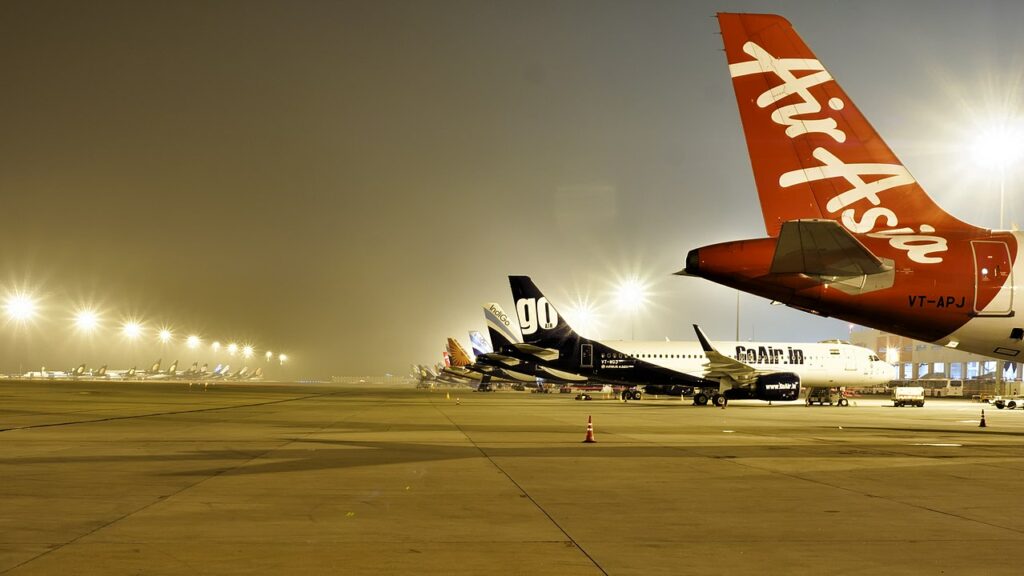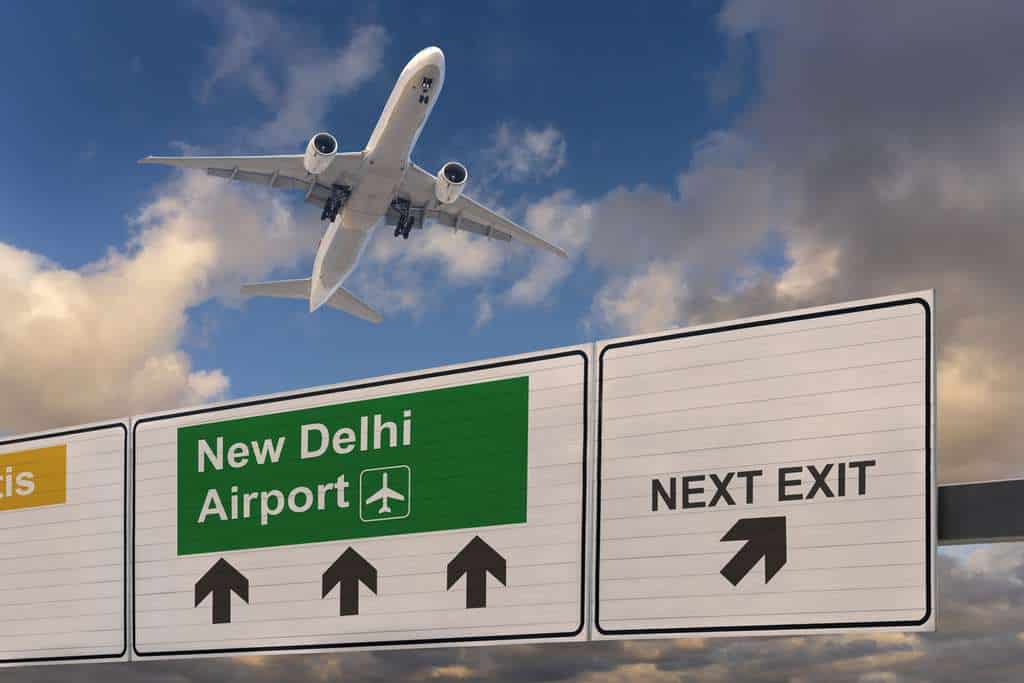Indian aviation has seen a recent development concerning pilot fatigue and duty times regulations. The Directorate General of Civil Aviation (DGCA), India’s civil aviation regulator, has deferred the implementation of new regulations governing pilot rest and duty periods.
This move comes after airlines reportedly expressed concerns about the feasibility of adhering to the initial June 1st, 2024 deadline. However, the reason for the regulation deferral by the DGCA has not be formally declared.
What were the New Pilot Rest Rules?
The proposed regulations, unveiled in January 2024, aimed at bolstering pilot well-being by introducing stricter guidelines on rest and work hours. These included:
- Increased Minimum Weekly Rest: The current minimum mandatory rest period for pilots in India stands at 36 hours. The new rules proposed an extension to 48 hours, offering pilots more time for recuperation between flights.
- Reduced Night Flight Duty Time: Night flights are particularly demanding due to disrupted sleep patterns. The new regulations aimed to mitigate fatigue by reducing the maximum permissible night flight duty time from 13 hours to 10 hours.
These stricter guidelines align with international best practices and prioritize pilot well-being, a critical factor for aviation safety.
Adequate rest periods are essential for pilots to maintain focus, reaction time, and overall cognitive function during flights, directly impacting the safety of passengers and crew.

Reasons for the Delay Unclear
The DGCA’s official announcement regarding the postponement doesn’t delve into the specific reasoning behind the delay.
However, industry reports suggest airlines may have raised concerns about the potential impact on their operations.
Airlines Warned of Disruptions
India’s Economic Times reported last month that a prominent airline lobby group cautioned the DGCA that enforcing the June deadline could result in the cancellation of up to 20% of flights.
Airlines would likely require additional time to adjust their schedules, potentially involving route optimization, crew reassignments, and even pilot recruitment to accommodate the increased rest periods.
Such disruptions could have a significant impact on passenger travel plans and airline finances.

Finding a Balance – Safety vs. Operational Challenges
Balancing pilot well-being with operational efficiency is a complex challenge. While stricter rest regulations undeniably enhance safety, their implementation can create logistical hurdles for airlines.
The DGCA’s decision to defer the implementation reflects a need to find a middle ground.
Implementing the Regulations Smoothly
The delay allows airlines a window of opportunity to prepare for the upcoming changes. This could involve:
- Pilot Recruitment: Airlines might need to ramp up pilot recruitment efforts to ensure sufficient crew availability under the new regulations.
- Schedule Adjustments: Optimizing flight schedules to accommodate longer pilot rest periods could be another crucial step.
- Communication and Training: Effectively communicating the new regulations to pilots and ensuring they understand their rights and responsibilities regarding rest periods is also vital.

Prioritizing Pilot Safety with a Smooth Transition
The DGCA’s decision to postpone the implementation of stricter pilot rest rules underscores the importance of prioritizing pilot well-being for overall aviation safety.
While the exact timeframe for implementation remains uncertain, this delay allows airlines time to adapt their operations without causing major disruptions to passenger travel.
The DGCA is likely to announce a revised implementation timeframe in the future, ensuring a smoother transition that upholds pilot safety standards while minimizing operational challenges for airlines.
This development highlights the ongoing efforts in Indian aviation to create a regulatory framework that prioritizes both pilot well-being and efficient airline operations.
Striking the right balance between these two aspects will be crucial for ensuring a safe and reliable air travel experience for passengers in India.

Click the banner to subscribe to our weekly newsleter.

Click the photo to join our WhatsApp channel so then you can stay up to date with everything going on in the aviation industry!









